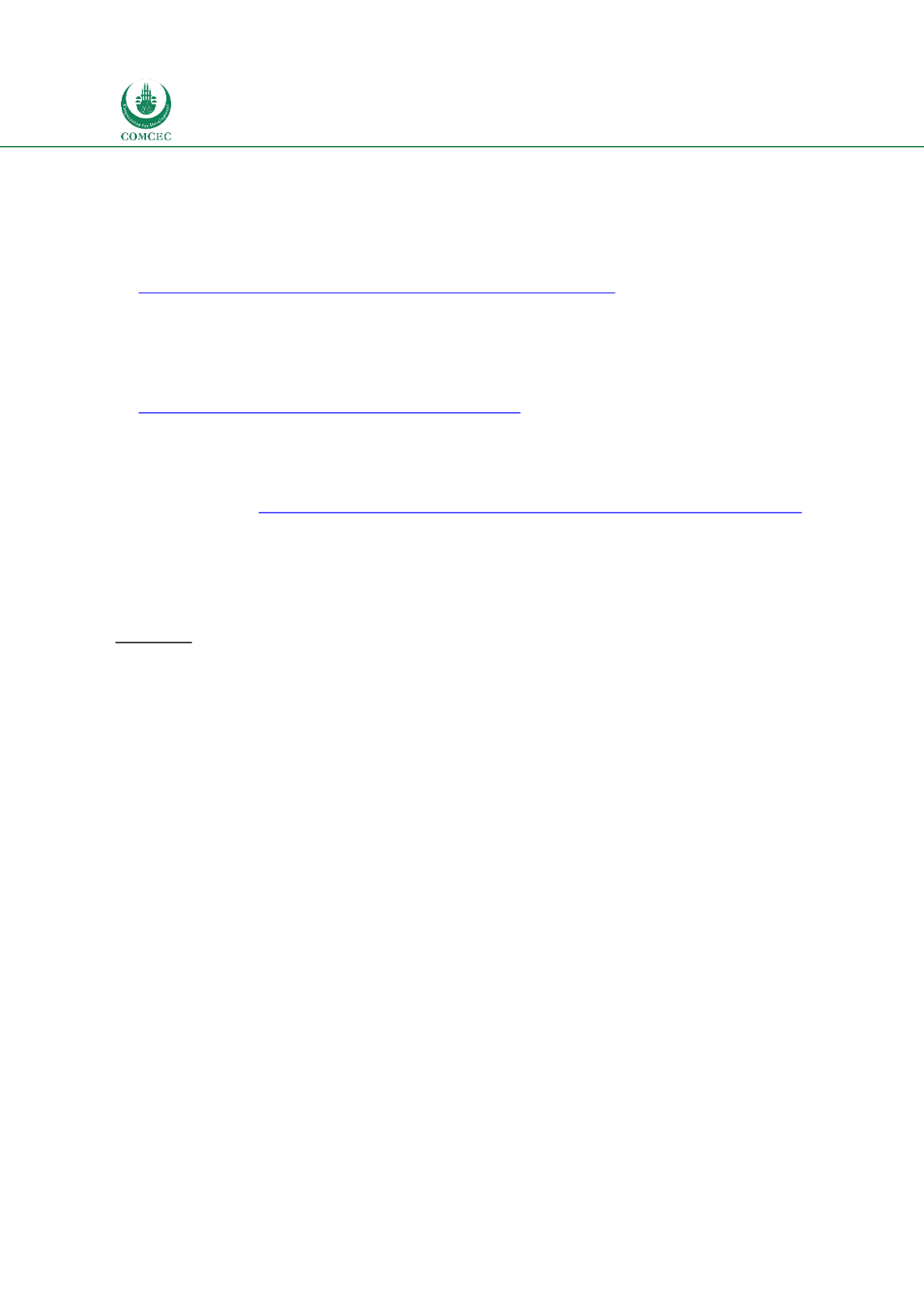

National and Global Islamic Financial Architecture:
Problems and Possible Solutions for the OIC Member Countries
232
A. Froot, Scott P. Mason, André Perold, R. C. Merton, Z. Bodie, E. R. Sirri, and P. Tufano.
Boston, MA: Harvard Business School Press.
TR, IRTI and CIBAFI (2015),
Oman Islamic Finance Report 2015: Building on a strong start
.
Thomson Reuters, Islamic Research and Training Institute (IRTI), and the General Council
for
Islamic
Banks
and
Financial
Institutions
(CIBAFI).Available
at
http://www.irti.org/English/Research/Documents/Report-6.pdfWilliamson, Oliver E. (2000), “The New Institutional Economics: Taking Stock, Looking Ahead,”
Journal of Economic Literature
, 38, 595-613.
World Bank (2001), “International Financial Architecture: An Update on World Bank Group
Activities”,
World
Bank,
Washington
DC.
http://www.worldbank.org/ifa/IFAUpdate1101.pdfWorld Bank (2004),
Doing Business in 2004: Understanding Regulation
, Oxford University Press,
Washington D.C.
World Bank (2005), “International Financial Architecture: A Progress Report”, World Bank,
Washington DC
. http://www.worldbank.org/ifa/IFA%20progress%20report%202005.pdfWB and IMF (2005),
Financial Sector Assessment: A Handbook
, World Bank and IMF,
Washington DC.
Yoon, Al (2012), “Total Global Losses from Financial Crisis: USD15 Trillion”,
The Wall Street
Journal
, October 1, 2012.
Chapter 2
Abozaid, Abdulazeem (2010), “Contemporary Islamic Financing Modes between Contract
Technicalities and
Shari’ah
Objectives”,
Islamic Economic Studies
, 17 (2), 55-75.
Alhabshi, Syed Othman (2013), ‘The History of Sukuk Development in Malaysia: Legal and
Governance Perspective”, Paper presented at the International Seminar on Sukuk and
Islamic Financing Instrument 2013, Jointly organized by Yarmouk University, Jordan and
IKIP International College, Pahang, Malaysia in Yarmouk University, Jordan, on 12-13
November, 2013.
Ayub, Muhammad (2007),
Understanding Islamic Finance
, John Wiley & Sons, West Sussex.
CCA and FCA (2013),
Crowdfund Investment in Muslim Countries: An Action Plan for
Governments
, Crowdfund Capital Advisors and Fajr Capital Advisors.
Chapra, M. Umer (1992):
Islam and the Economic Challenge,
Islamic Economics Series 17, The
Islamic Foundation, Leicester and International Institute of Economic Thought, Herndon.
Chapra, M. Umer (2008),
The Islamic Vision of Development in the Light of the Maqasid al-
Shari’ah
, Islamic Research and Training Institute, Islamic Development Bank Group, Jeddah.
Dusuki, Asyraf Wajdi (2009), Challenges of Realizing Maqasid al
Shari’ah
(Objectives of
Shari’ah
) in the capital Market: Special Focus on Equity-Based
Sukuk
Structures, ISRA
Research Paper No. 5/2009, International
Shari’ah
Research Academy, Kuala Lumpur.
Dusuki, Asyraf Wajdi and Nurdianawati Irwani Abdullah (2007), “Maqasid al-
Shari’ah
,
Maslahah, and Corporate Social Responsibility”,
Islamic Journal of Islamic Social Sciences
, 24
(1) 25-45.
















